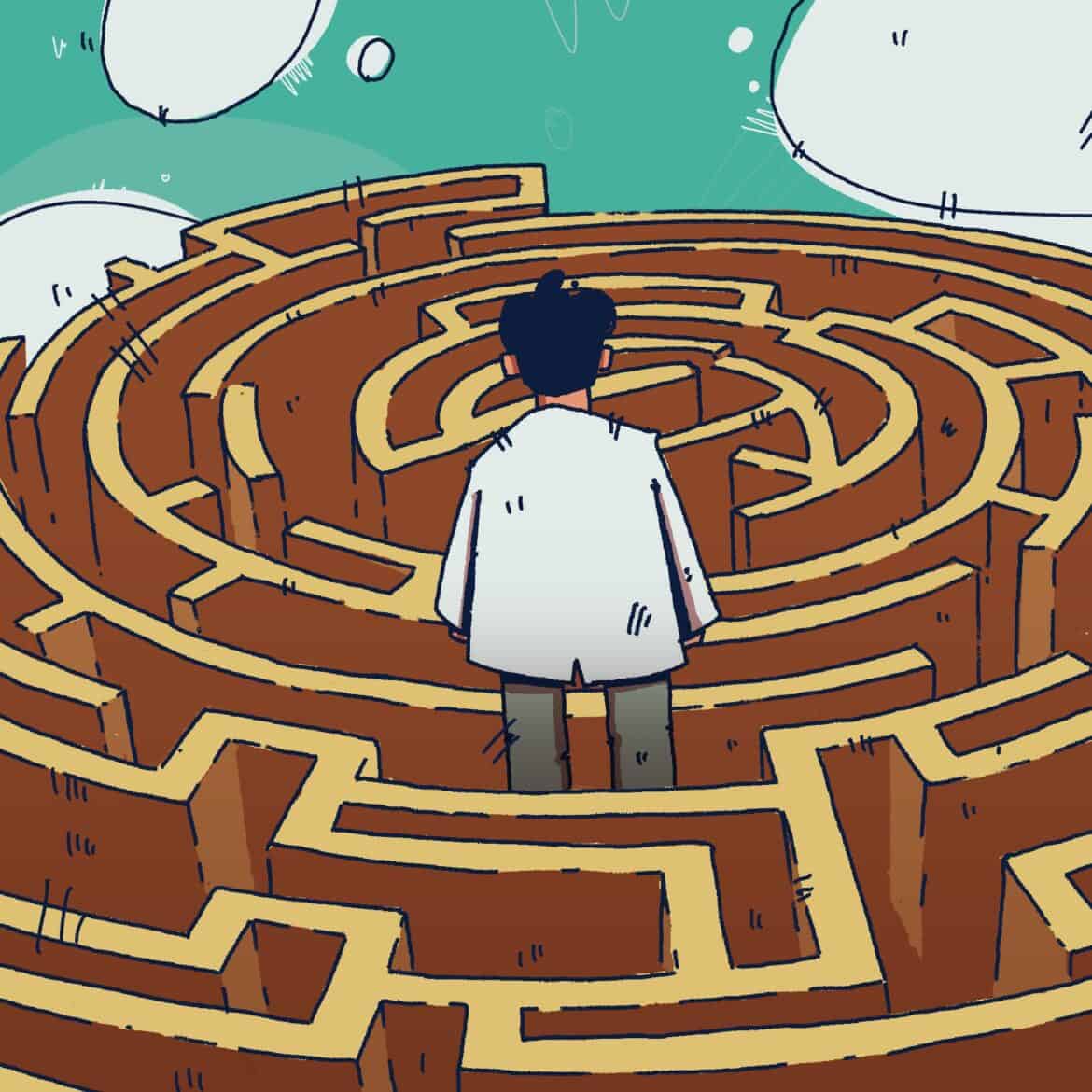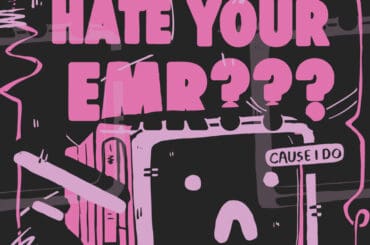Medical professionals face a growing problem: completing patient notes in Electronic Medical Records (EMRs) has become a burdensome task. The cumbersome nature of traditional EMRs leads to reduced quality time with patients, frustrating to both providers and patients. How can providers reduce the burden of EMR note-taking while maintaining or even enhancing patient care?
Easy ways to tackle this problem:
Fix 1: Pre-Appointment Data Collection
Problem: Gathering patient information during the appointment wastes valuable time.
Solution: Use digital questionnaires pre-appointment. By having patients complete a smart questionnaire before their visit, you can collect essential information in advance. This allows practitioners to focus on the patient instead of data entry, leading to more meaningful interactions.
Fix 2: Automated Note Generation
Problem: Writing comprehensive patient notes is time-consuming and error-prone.
Solution: Implement smart medical software like Eva that automatically generates patient notes based on pre-appointment data. This way, providers can review and quickly update as needed, without starting from scratch. Automation streamlines the note-taking process, cutting out paperwork and wasteful tasks.
Fix 3: Collaborative Note-Taking During the Appointment
Problem: Traditional EMRs lead to disengaged patient-practitioner interactions.
Solution: Use large touch screens in the exam room for collaborative note-taking. With Eva, both the practitioner and patient can view and interact with the system, promoting engagement and shared decision-making. This approach enhances patient understanding and allows for real-time updates to the patient’s record.
Fix 4: Open Notes and Transparency
Problem: Patients often feel disconnected from their medical records.
Solution: Adopt the “Open Notes” model, letting patients access their health records securely. This transparency fosters trust and collaboration between the patient and the provider. Patients can review their notes, understand their health status, and even provide feedback, creating a more unified healthcare experience.
Fix 5: Integration with Pharmacy Systems
Problem: Prescription management can be inefficient, prone to errors.
Solution: Integrate prescription management into your EMR. With Eva, practitioners can send prescriptions directly to the patient’s pharmacy during the appointment, ensuring accuracy and saving time. This wipes out the need for handwritten prescriptions and reduces the need for corrections.
Fix 6: Data-Driven Analysis for Improved Outcomes
Problem: Traditional EMRs lack tools for dynamic data analysis.
Solution: Leverage medical software with robust data analytics. Eva’s algorithms analyzes patient data to provide insights that help guide treatment decisions. This data-driven approach improves patient outcomes and supports a better practice.
By implementing these solutions, medical professionals simultaneously:
- Reduce the burdens of note-taking,
- Improve patient care, and
- Increase practice efficiency.
If you’re interested in learning more about how Eva can solve these problems, contact us for a tour and personally see the benefits.





